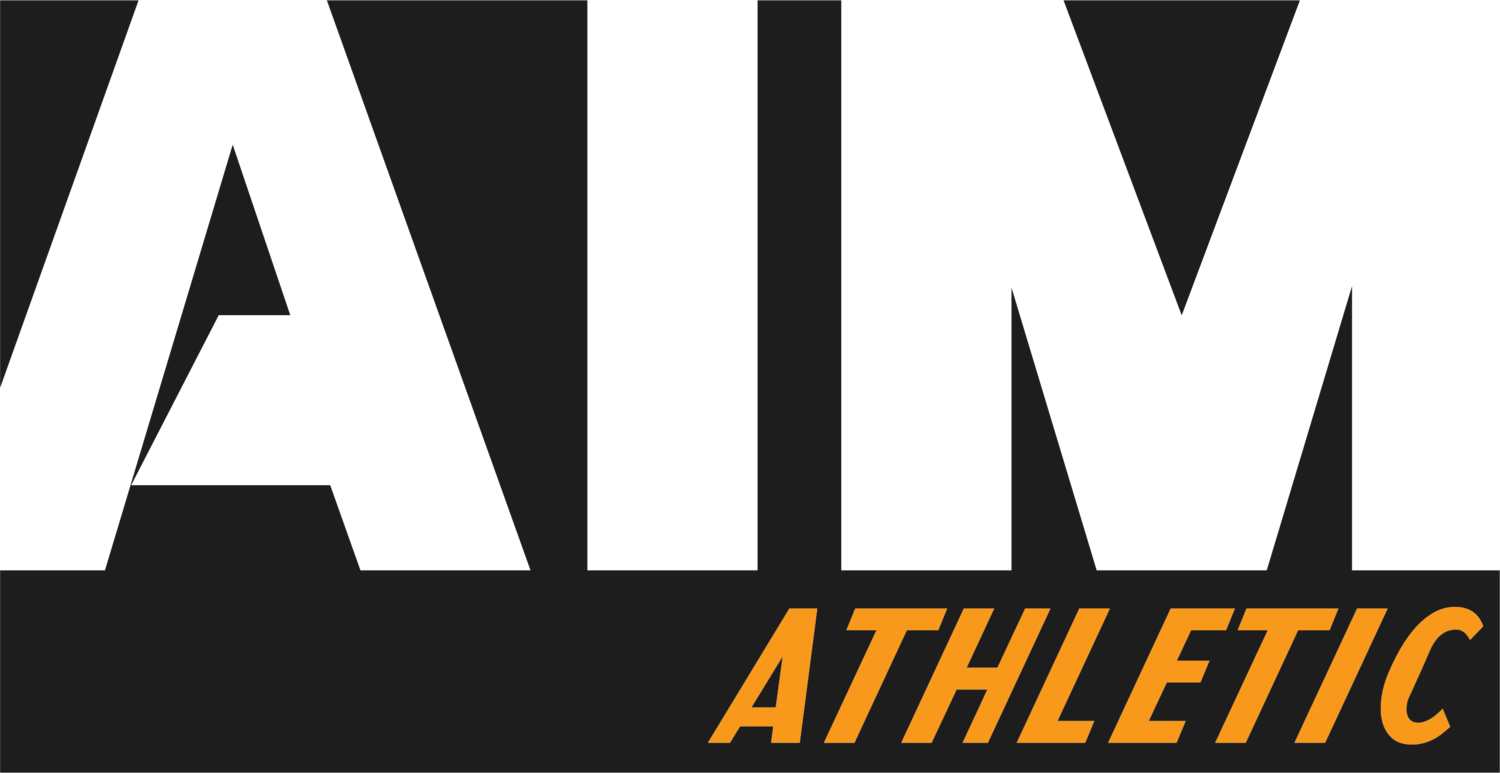Kinesiology and Physiotherapy: What's the difference?
Physiotherapy and kinesiology are two fields that are often discussed together, but many people are not aware of the differences between them. Both disciplines are dedicated to helping people improve their physical health and recover from injuries, but they take different approaches and have distinct goals. However, aside from needling, cupping, and shockwave therapies, what I tend to see from many kinesiologists is more or less crappy physiotherapy treatments done in a gym, instead of what we are really supposed to be doing, making the people we work with stronger. Below we will explore the similarities and differences between physiotherapy and kinesiology and help you understand the unique roles each plays in the world of health and wellness.
Physiotherapy is a clinical healthcare profession that uses various techniques to diagnose, treat, and prevent physical impairments, disabilities, and pain.
Kinesiology on the other hand is a broader field of study that encompasses the scientific principles underlying physical activity and movement, including anatomy, biomechanics, physiology, and psychology.
More specifically, physiotherapy is focused on treating specific conditions and restoring function, while kinesiology is concerned with the study of movement and physical activity in a broader sense. In my point of view, may kinesiologists are more concerned with the former, treating and restoring function with corrective exercise, instead of using their knowledge of movement to help the individuals they work with get stronger, and more robust than they were prior to their injury.
In my point of view, kinesiologists should act more like personal trainers, and deliver workouts to the individuals they work with that mimic traditional workouts as closely as possible, featuring a combination of compound and isolation movements, progressive overload, as well as valid, and reliable assessments. This is what really moves the needle when it comes to recovery, not the copious amounts of stretching, low intensity band work, and myofascial release that I commonly see kinesiologists employing when I visit other gyms.
When tissues are progressively overloaded, and intelligently stressed with resistance training, they are forced to adapt to the imposed demands. This is the most effective way to heal, retrain, and remodel injured tissues, allowing someone who is experiencing an injury to restore pain free movement, and return to full function. When the only rehabilitation modality used is corrective exercises, stretching, and band work, recovery becomes slower to the point where the injury heals at the same speed as it would on its own without any treatment.
The above mentioned style of kinesiology is in my point of view unacceptable, and in my point of view one of the reasons why kinesiology is not included in some medical plans, or WCB approved treatments. At AIM Athletic, it is my goal to change the way kinesiology is being done, and administer treatments the way they should be, staying as close to possible to our regularly programmed workouts, with alternatives and individualizations included when necessary. If you've been in an accident, or know someone who has, let us know via email at info@aimathletic.com, and we may be able to get your treatments 100% covered by ICBC.
You've got the info now its time to take AIM,
